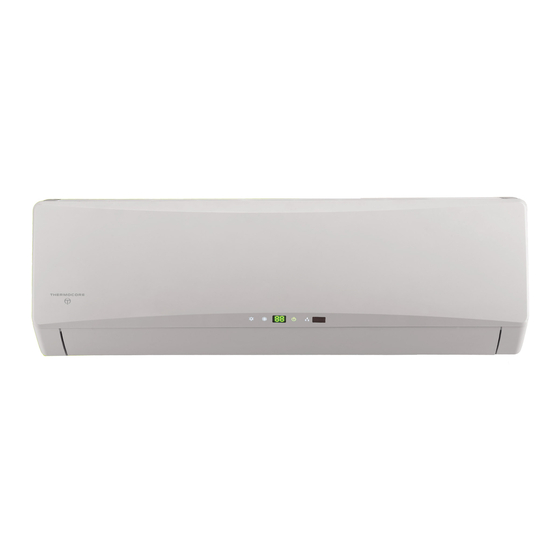
Gree GWH12TB-D3DNA1A Installation, Service & Troubleshooting
Ductless heat pump terra
Hide thumbs
Also See for GWH12TB-D3DNA1A:
- Service manual (136 pages) ,
- Owner's manual (28 pages) ,
- Quick start manual (2 pages)

















Need help?
Do you have a question about the GWH12TB-D3DNA1A and is the answer not in the manual?
Questions and answers